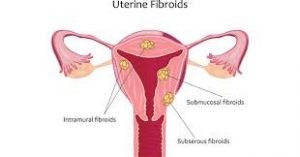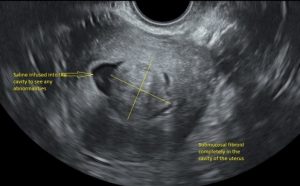#ThursdayThoughts
As promised, each Thursday, we will now offer you a piece of educational, science, or research related information. The purpose of our #ThursdayThoughts post is to share with you fact-based content that can enlighten and assist you on your fertility journey. Enjoy our post! Helping to Create New Beginnings….
Uterine Fibroids: To Remove or Not to Remove?
Uterine fibroids, or leiomyomas, are benign (noncancerous) growths in the uterus that can develop over time. The cause of fibroids is not well understood, however, family history and obesity may be risk factors. Uterine fibroids can cause heavy or long menstrual cycles and pelvic pain. Some patients do not experience symptoms at all. There are different types of fibroids, and depending on which type and the location of the fibroid, your physician will make a recommendation on whether or not to remove it. Some types affect fertility much more than others. In terms of impact on fertility, your physician may recommend surgical intervention if the fibroid is large and/or distorts the uterine cavity (the inside lining where a pregnancy develops).
Types of fibroids:
Intramural fibroids: these fibroids are the most common and grow within the muscular uterine wall. If they are large and/or deep within the uterus, they can significantly distort the uterine cavity.
Subserosal fibroids: these fibroids grow right underneath the outermost layer of the uterus and can expand into the surrounding area.
Submucosal fibroids: these fibroids grow right below the lining of the uterine cavity. These fibroids can push into the uterine cavity and significantly distort it.

When evaluating fibroids and whether or not to remove them, we will often do a test called a saline sonohysterogram (SIS). During this test, sterile saline is instilled into the uterus through a small catheter. A transvaginal ultrasound is done at the same time. The saline in the uterine cavity delineates the uterine lining and helps determine how distorted the cavity is and how much of a fibroid is located inside the cavity versus within the muscular uterine wall. Below you can see a submucosal fibroid taking up almost the entire cavity of the uterus. In this case, we usually recommend removing this fibroid to increase likelihood of conceiving, as well as decrease the chance of miscarriage.

Other reasons we recommend removing fibroids is if they are very large or causing severe symptoms. However, most fibroids do not need to be removed.
For more information regarding fertility treatments and its risks and benefits, please call the Fertility Institute of Hawaii at 808-545-2800 to schedule an appointment with a physician, or visit our website at https://www.ivfcenterhawaii.com/ for more information.